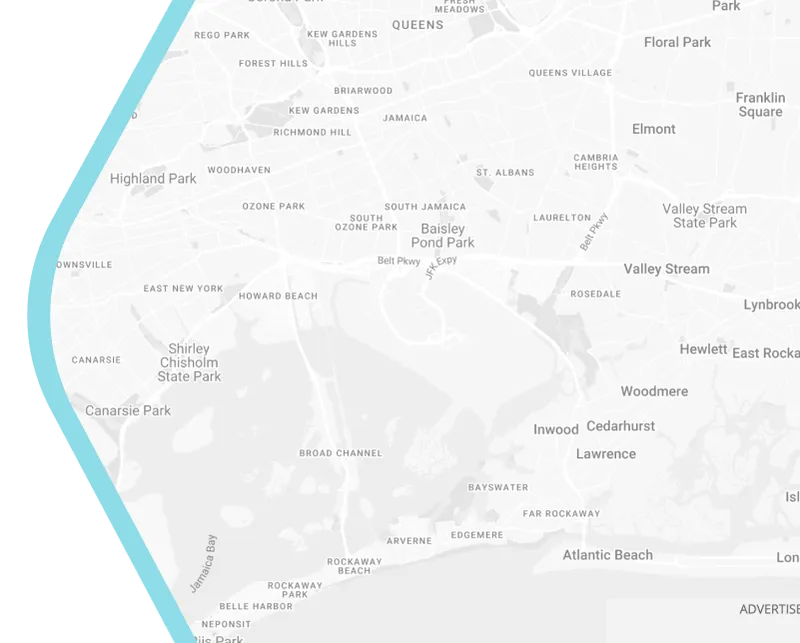
10 Smart City Solutions Transforming Urban Life in 2025
Introduction – The Rise of Smart City Solutions
Urban populations are growing at an unprecedented rate, placing increasing pressure on infrastructure, resources, and public services. In response, forward-thinking cities around the world are adopting smart city solutions — innovative, technology-driven strategies designed to make urban areas more efficient, sustainable, and livable.
As an authority in urban innovation and smart city planning, Smart City Strategies and Solutions leverages frameworks like the Smart City Ecosystem™ and the Smart City Mandala™ to create bespoke solutions for diverse communities. In this article, we explore 10 transformative smart city solutions poised to redefine urban life in 2025.
1. IoT-Enabled Infrastructure for Real-Time City Management
The Internet of Things (IoT) connects devices, sensors, and systems to create a network of real-time data streams. In a smart city, this network enables authorities to monitor traffic congestion, energy consumption, and waste levels, adjusting services on demand.
Applications include:
- Smart traffic lights reducing congestion during peak hours.
- Intelligent streetlights that adjust brightness to save energy.
- Sensors that detect infrastructure issues before they become critical.
By integrating urban technology into core systems, cities can achieve greater efficiency, reduce costs, and improve residents’ quality of life.
2. AI-Powered Urban Innovation
Artificial Intelligence (AI) is rapidly becoming the backbone of urban decision-making. From predictive analytics that anticipate infrastructure failures to machine learning models that forecast population growth, AI allows for proactive rather than reactive governance.
Key benefits:
- Predictive maintenance for public transport systems.
- AI-driven air quality monitoring and alerts.
- Optimized emergency response routes.
When combined with IoT, AI transforms raw data into actionable insights, accelerating the path to sustainable cities.
3. Sustainable Cities Through Smart Energy Systems
Energy is the lifeblood of any urban center, and smart energy grids are revolutionizing how it’s produced, stored, and distributed. By integrating renewable energy sources like solar and wind into microgrids, cities can reduce reliance on fossil fuels.
Smart energy innovations:
- Automated demand response to balance peak usage.
- Battery storage systems for renewable energy.
- Decentralized power generation through community solar projects.
These systems not only reduce carbon emissions but also build resilience against power outages.

4. Intelligent Mobility Solutions
Modern urban mobility focuses on reducing car dependency while improving connectivity. Smart mobility solutions integrate electric vehicles (EVs), autonomous shuttles, and shared transport systems.
Urban mobility advancements:
- Real-time transport apps for better commuter planning.
- Charging infrastructure for EV adoption.
- Mobility hubs combining multiple transport modes in one location.
Such systems reduce congestion, improve air quality, and create more accessible cities.
5. Digital Transformation in City Governance
E-Government platforms and digital public services streamline administrative processes and strengthen citizen engagement. From online permit applications to participatory budgeting tools, digital governance creates transparency and trust.
Examples of digital transformation:
- Centralized city apps providing public service information.
- Open data platforms for researchers and entrepreneurs.
- Virtual public consultations for urban projects.
This approach enhances inclusivity, ensuring all residents can engage in smart city planning.
6. Smart City Planning with Digital Twins
A digital twin is a virtual model of a physical city, enabling urban planners to simulate the impact of changes before implementing them. This tool can model infrastructure upgrades, population growth, and environmental changes with remarkable accuracy.
Uses of digital twins:
- Testing climate resilience strategies.
- Simulating traffic patterns for new developments.
- Optimizing building placement for energy efficiency.
This innovation ensures that urban development is data-driven and future-proof.
7. Climate-Resilient Infrastructure
Extreme weather events are becoming more frequent, demanding cities to prepare and adapt. By embedding sensors in roads, bridges, and drainage systems, authorities can monitor conditions and respond rapidly.
Climate adaptation measures:
- Flood detection sensors for early warnings.
- Heat-resistant materials in road construction.
- Automated stormwater management systems.
These solutions protect both infrastructure and citizens from climate-related risks.
8. Data-Driven Public Safety Solutions
Public safety in smart cities goes beyond CCTV. AI-powered surveillance, predictive crime mapping, and connected emergency response systems enable faster, more efficient interventions.
Safety innovations:
- Gunshot detection systems.
- Real-time tracking of emergency vehicles.
- Crowd management during large events.
By leveraging urban technology, cities can create safer environments without compromising privacy.
9. Smart Waste and Water Management Systems
Managing resources efficiently is critical for sustainable cities. Smart waste systems use sensor-equipped bins to optimize collection routes, while smart water systems detect leaks and monitor usage.
Resource efficiency solutions:
- Pay-as-you-throw waste programs.
- Automated water purification systems.
- Smart irrigation for urban green spaces.
These strategies reduce costs and environmental impact.
10. Green Building and Place-Based Urban Innovation
Smart cities prioritize place-based design, creating urban environments tailored to local needs and culture. Green buildings use renewable energy, eco-friendly materials, and biophilic design principles to promote well-being.
Examples:
- Rooftop gardens reducing heat islands.
- Rainwater harvesting systems.
- Energy-positive office buildings.
This approach strengthens community identity while advancing environmental goals.
Conclusion – Building Smarter, Sustainable Cities for the Future
The path to smarter cities is paved with innovation, sustainability, and collaboration. By adopting these 10 smart city solutions, urban leaders can transform their communities into thriving, resilient, and future-ready spaces.
With the Smart City Ecosystem™ and Smart City Mandala™, we help governments, planners, and businesses integrate these solutions seamlessly — ensuring every decision drives progress toward a sustainable future.
